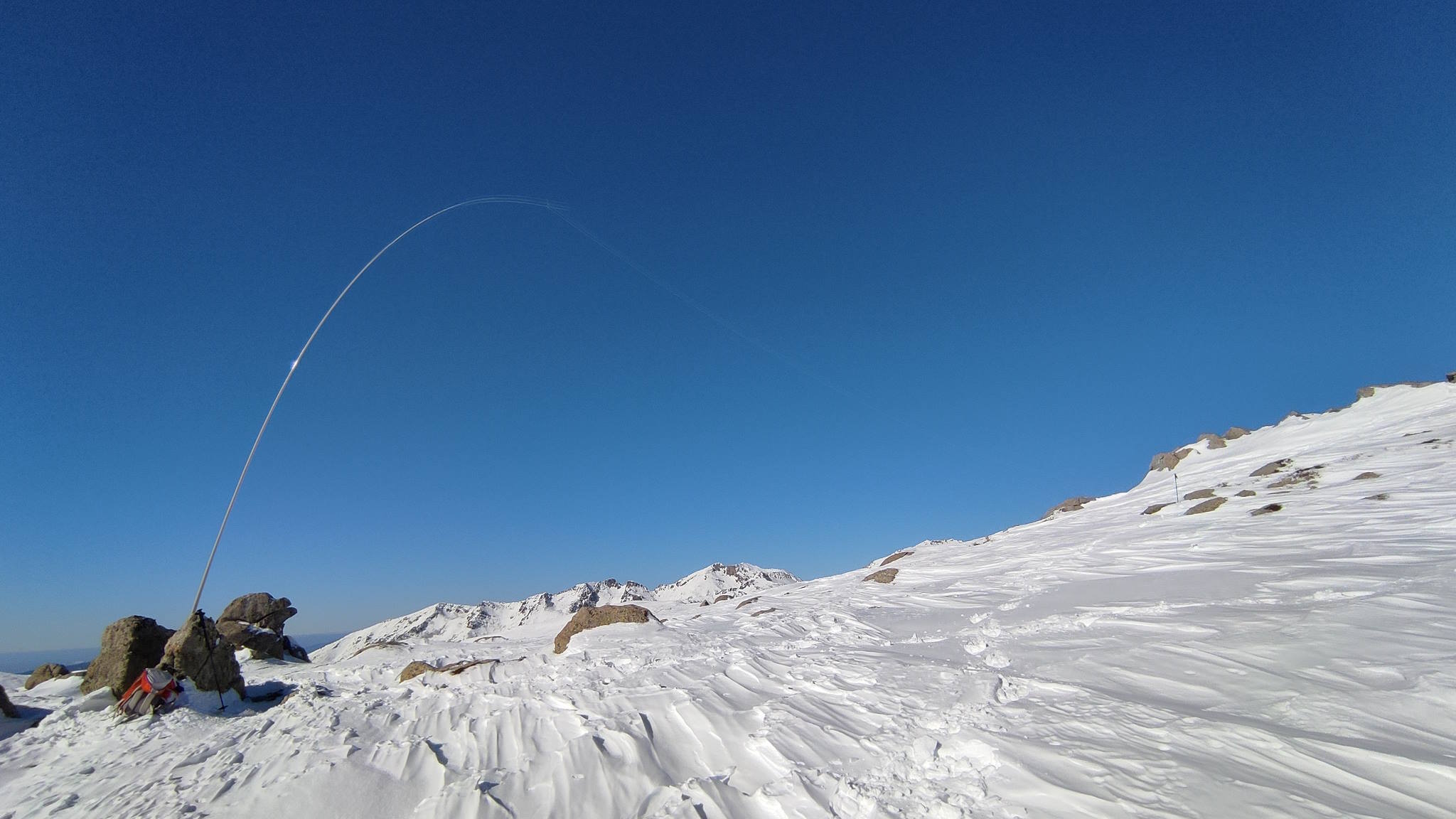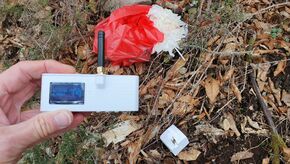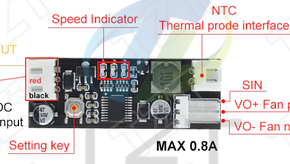Monte Giovanni TK/TK-031 - 02/02/2023
- Details
- Hits: 3113
 |
Monte Giovanni TK/TK-031 WWlocator : JN42na80 Altitude : 1950 m - altitude gain +350 m - distance 10km 50 QSO 20 m CW 1 S2S +1 DX |
Nice snowshoeing in a beautiful deep powder in some places.
Remote solution for TS590s
- Details
- Hits: 30569

Updated 2023 jan. 27
A newer and mature version with more options has been published. An EXE file is available.
While setting up my remote station, I quickly have been confronted to the problem of the limitations of the remote ease of use. The first one is the ability to change the VFO frequencies. My logging software LOGGER32 offers a lot of macros and an option to use the mouse wheel to change the frequencies. But during daily traffic or contesting they quickly have shown their limitations.
On Twitter, I have seen that several hams have been using a small DJ controller for driving SDR receivers and transceivers. So I started thinking to do the same for the TS590s.
K3NG Winkeyer
- Details
- Hits: 9247
 |
KISS (Keep It Simply Stupid) principle for the realization and parameter setting of this Winkey CW keyer using an Arduino Nano and the Keyer software by K3NG. |
Fan speed controller board setting
- Details
- Hits: 27493
For one of my projects, I recently bought on Aliexpress (see links at end of article) a Chinese fan speed controller board.
I was struggling to understand how this board can be set, the instructions found on Aliexpress being nearly of no help. The Chinese to English translation is.... :-)
Here is what I found ...
RDZ_TTGO radiosonde receiver use
- Details
- Hits: 18810
 |
After having build a radiosonde receiver using the DL9RDZ software and a TTGO module, here is a short article on its use in the field. |
Page 3 of 8
- Kazançlı bir başlangıç yapmak için deneme bonusu sunan bu siteye göz atabilirsiniz.
- Fırsatlarla dolu deneme bonusu veren siteler arasında öne çıkan bir seçenek burada.
- Yeni üyeler için özel bonus veren siteler, avantajlı teklifleriyle dikkat çekiyor.
- Kullanıcı memnuniyetine odaklanan bonus veren siteler, eşsiz fırsatlar sunuyor.
- Güvenilir bir deneyim için deneme bonusu veren siteler, kazanç kapınızı aralıyor.
- Hızlı kazanç fırsatı sağlayan deneme bonusu seçeneklerini keşfedin.
- Avantajlı teklifleriyle deneme bonusu veren siteler, yüksek kazanç imkanı sunuyor.







